Take a look at the types of bird beaks and feet that help our flying friends survive in different environments.
Take a Peek at Types of Bird Beaks and Feet With Teach Starter!
Bird beaks? You’re probably wondering why you’re looking at a resource surrounding the different types of bird beaks and feet. While it may seem a bit random and potentially strange to teach your students about bird beaks, we’re here to tell you that investigating bird beaks and feet is the best way to teach your students about animal adaptations!
Why should you add our feathered friends to your Science lesson plans? Here are a few ideas to get you started.
- Birds are amazing creatures with unique features that help them survive in different habitats and find food. Their beaks and feet are two important tools they use for these purposes.
- Birds have different beak shapes and sizes that are well-suited for different types of food. For example, some birds have long, thin beaks that are great for getting nectar from flowers, while others have short, hooked beaks that help them eat meat or seeds.
- Some birds even have unique beaks that help them crush hard seeds or filter tiny organisms from water.
- Just like their beaks, birds’ feet are also very important. Some birds have webbed feet that help them swim better, while others have sharp talons that they use to catch prey.
- These unique features help birds survive in different environments and find food differently.
No-Prep Animal Adaptation Lesson Plans!
To ensure your students grasp the complex science vocabulary related to the types of bird beaks and feet, they need plenty of discussion and visual examples to clarify word meanings. This no-prep teaching slide deck is perfect for doing just that! It includes various interactive activities to get your students thinking, talking, and looking out for birds and the specialised features that help them survive. Some of the essential ideas your students will learn from this slide deck are:
- Why do birds have different types of beaks?
- Why do birds have different types of feet?
- How does a bird’s beak help it adapt to its environment?
- How do a bird’s feet help it survive?
- What are the different types of bird feet, and how are they used?
- How can you tell what a bird eats based on its beak?
- And more!
Download Your Bird Adaptations Teaching Slides
This resource downloads as an easy-to-use, editable Google Slides presentation. Simply download and make your copy, and you’re ready to teach! Click the download button to grab your teaching resource now!
This resource was created by Lindsey Phillips, a Teach Starter Collaborator.
More Ways to Teach About the Coolest Animal Adaptations
Before you go, take advantage of even more resources to teach your students about animals and their cool adaptations! Explore our related resources to enhance your teaching toolkit.
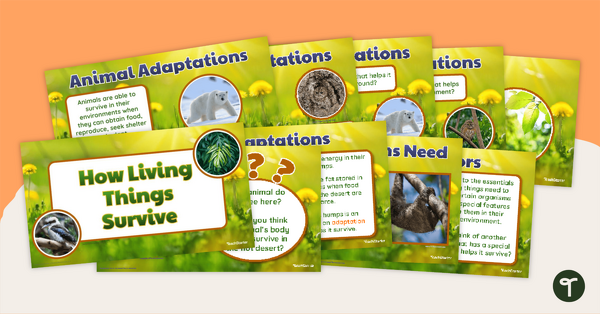
teaching resource
How Living Things Survive – Teaching Presentation
Use this 13-slide teaching presentation to teach your students about the basic needs and physical characteristics of animals and plants.
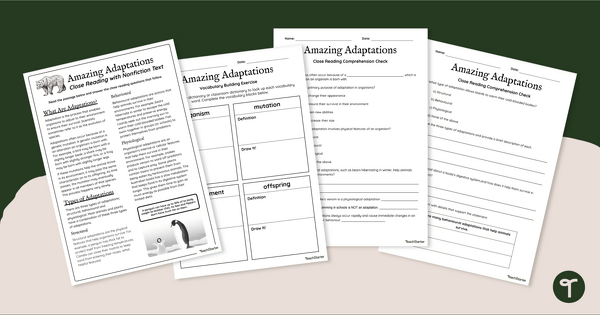
teaching resource
Plant and Animal Adaptations - Reading Comprehension Passage
Boost reading comprehension skills with a comprehension passage, with questions, about structural, behavioural and physiological adaptations.
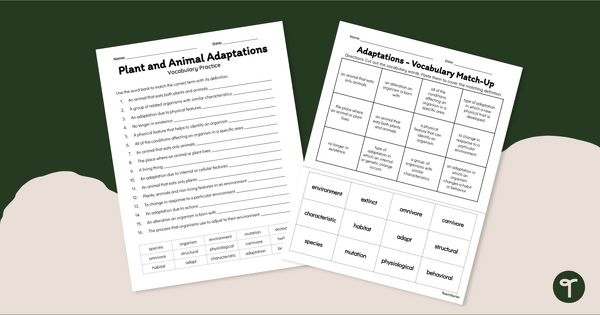
teaching resource
Plant and Animal Adaptations - Vocabulary Worksheets
Review key vocabulary associated with plant and animal adaptations with a pair of vocabulary worksheets.
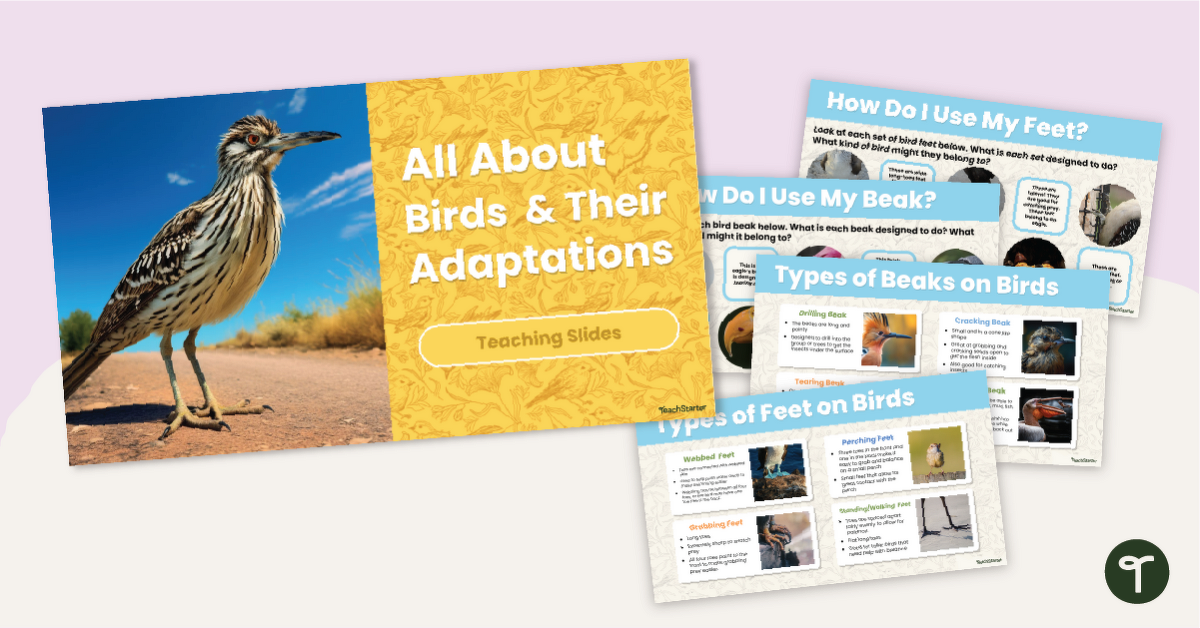

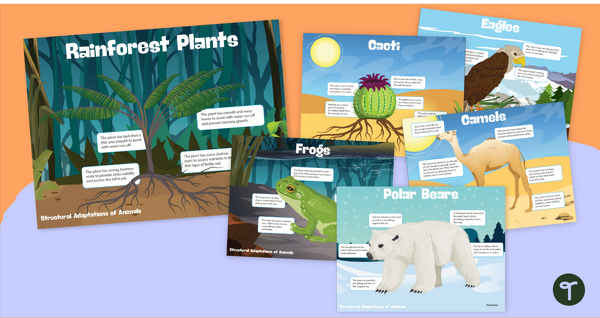
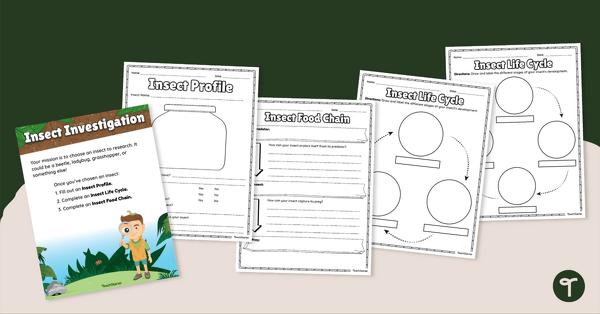
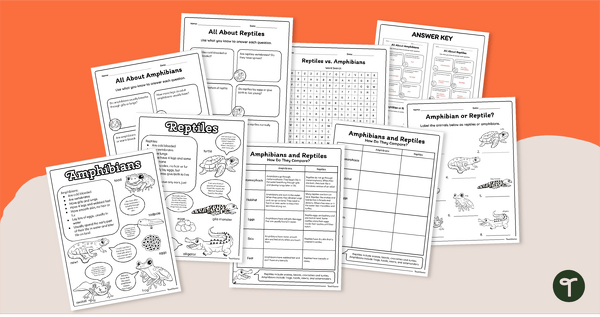
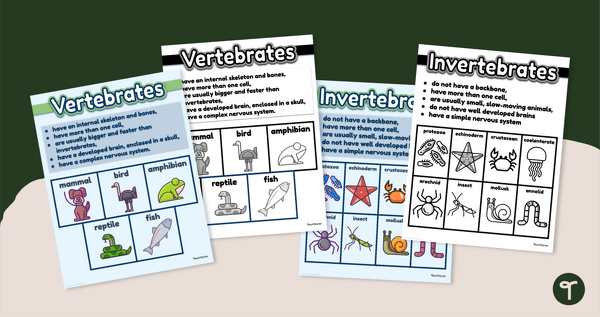

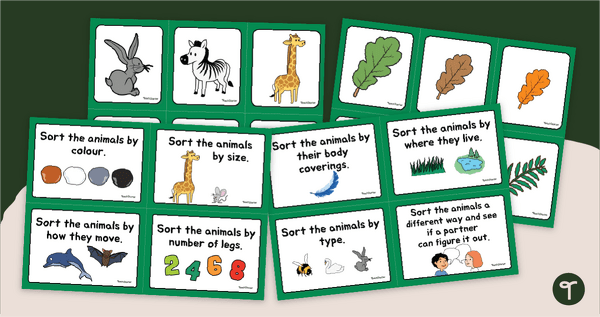
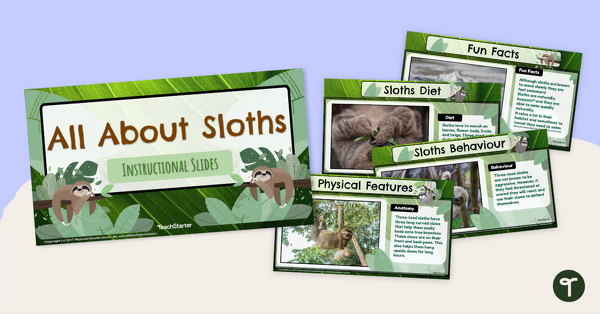
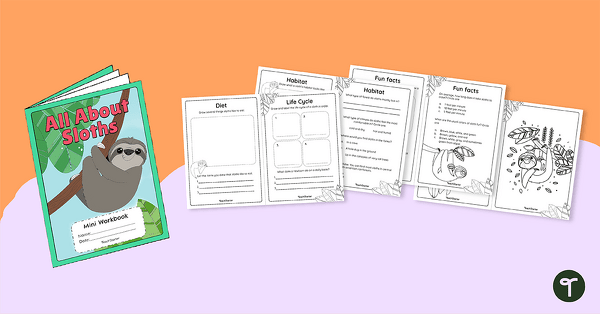
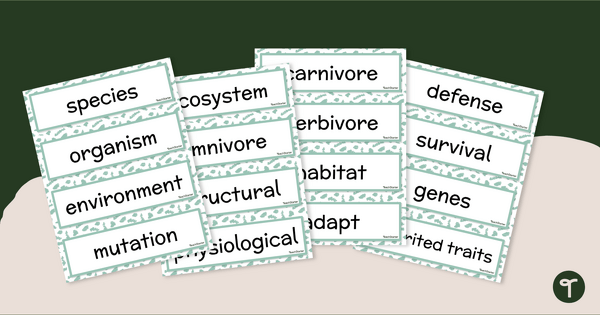
0 Comments
Write a review to help other teachers and parents like yourself. If you'd like to request a change to this resource, or report an error, select the corresponding tab above.